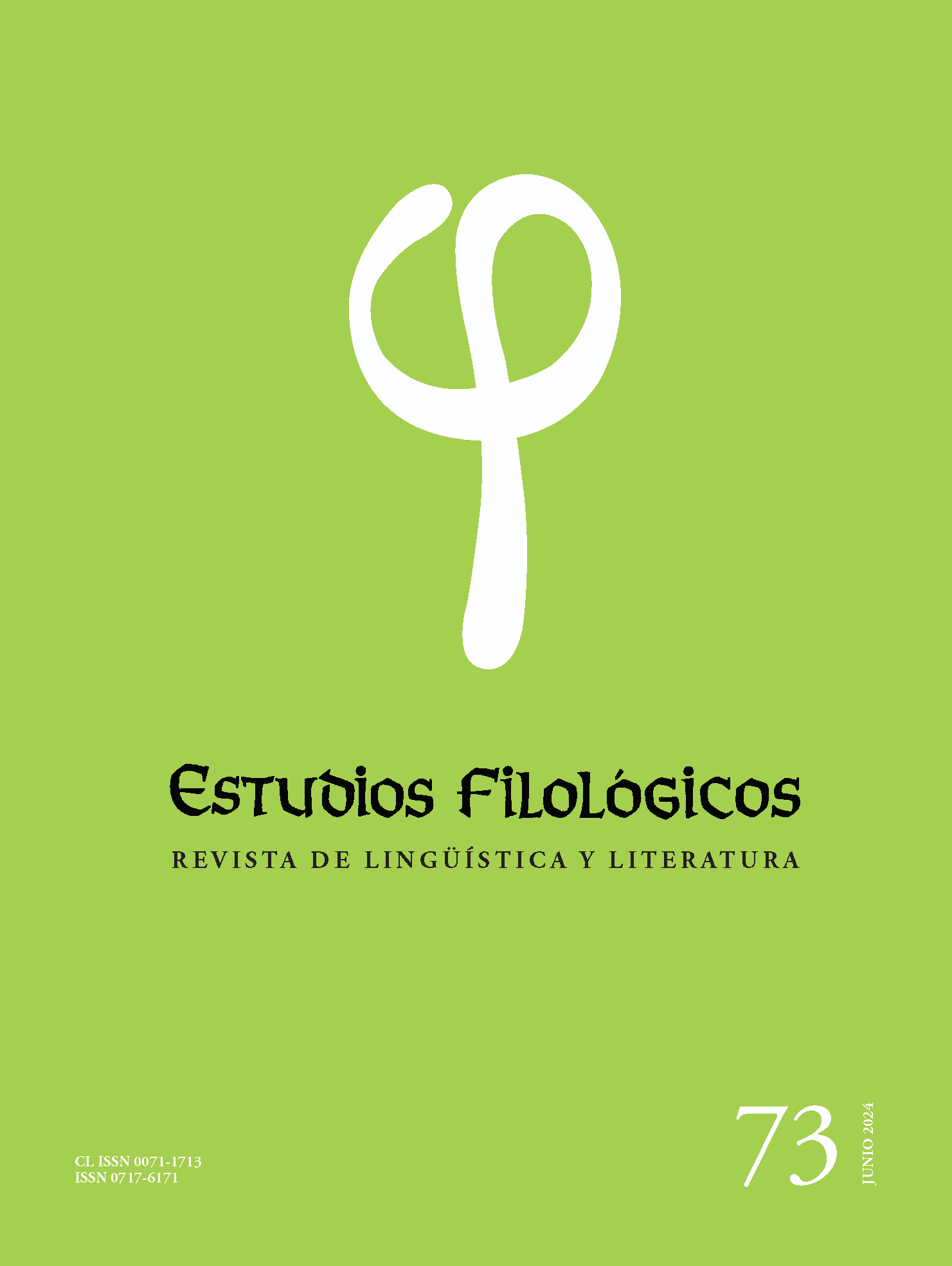Contrastive study of somatic idioms in Spanish and Chinese
Main Article Content
Abstract
Research on the phraseology of Spanish and Chinese began at the beginning of the 21st century, so contributions in this area are still very scarce. There is no exhaustive study that focuses, for example, on the types of equivalence that may exist between the different phraseological units (PUS) of both languages. For this reason, this article analyses contrastively some phrases in Spanish and Chinese composed of the head, hand and eye lexemes. The following objectives to be pursued are to reflect on the theoretical postulates related to the phraseology of Spanish and Chinese, and to examine the units of these two languages from the contrastive point of view. The results show the need to continue delving into the similarities and differences between Spanish and Chinese in the field of phraseology, since, although partial equivalences are the most frequent, total equivalences are significant. In short, there is evidence of the need to continue advancing in the phraseological investigations of these two languages to better understand the similarities and differences of their PUS and to be able to apply the data obtained to other disciplines.

